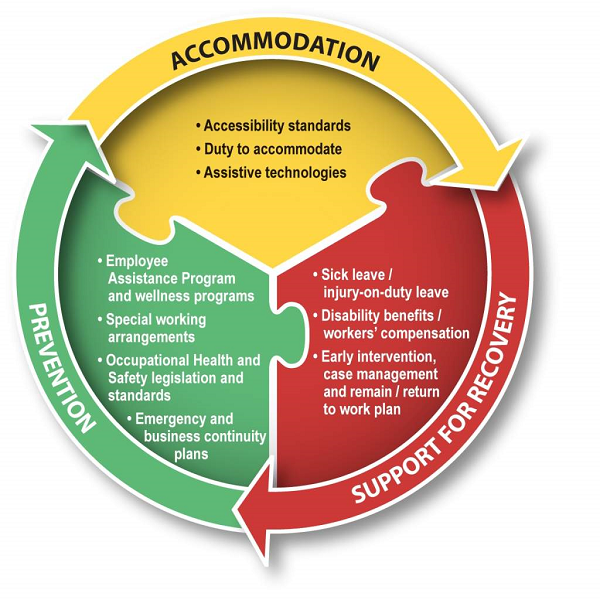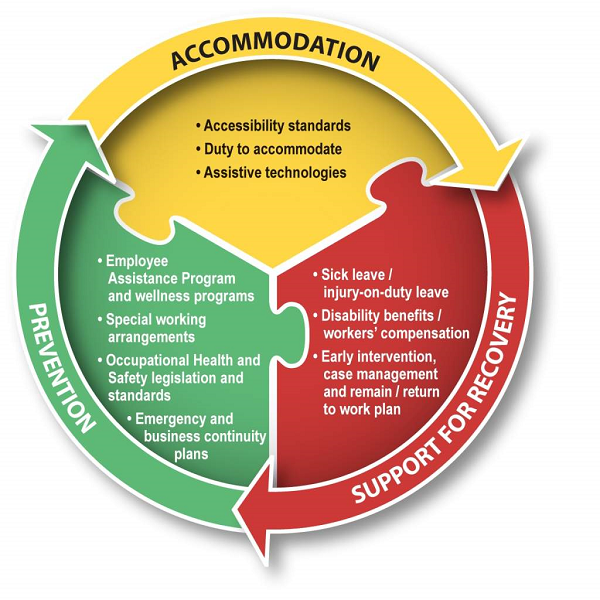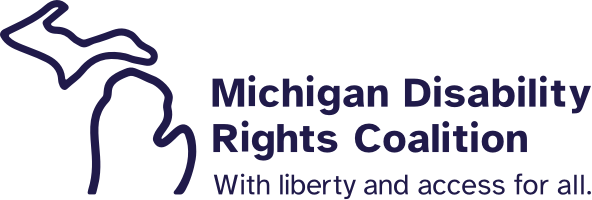How Paid Leave Can Be a More Flexible Accommodation
Tuesday, January 30, 2018


Returning To Work
Until recently, the general approach to paid leave as an accommodation was to allow or require it unless it reached the ADA threshold of an “undue burden”. For example, Federal ADA guidance suggests the following two-factor approach to this threshold:
“Undue burden means significant difficulty or expense. In determining whether an action would result in an undue burden, factors to be considered include —
(1) The nature and cost of the action needed under this part;
(2) The overall financial resources of the site or sites involved in the action; the number of persons employed at the site; the effect on expenses and resources; legitimate safety requirements that are necessary for safe operation, including crime prevention measures; or the impact otherwise of the action upon the operation of the site;”
In a case in the 7th Circuit, Severson v. Heartland Woodcraft, Inc., No. 15-3754 (7th Cir. Sept. 20, 2017 for Illinois, Indiana, and Wisconsin), the court’s decision set a much more specific standard, by saying that several months or an indeterminate length of paid leave would meet the “undue” threshold. Of course, this decision could be appealed, or other Federal Circuits could define this threshold differently. But, it is typical in civil rights law for relatively flexible standards to become more and more specific over time. This very ordinary evolution of law can be seen clearly in special education law and rules decisions, for example.
I think our community has to assume that over time, paid leave as an accommodation will become less and less flexible. We need to embrace approaches that introduce more flexibility in the use of paid leave, and which support more control by us in the use of it.
One way that has been around for a long time is to look at rehabilitation during paid leave less mechanically than, “You are on rehab leave until you are fully rehabilitated.” Individuals who have experienced a work-related injury receive their rehabilitation services at their work site, and even in the actual workstation, they used before the accident. PT and OT, for example, are provided focused on outcomes that are tied directly to what the person did prior to their injury.
Embracing the concept that accommodation should not be just passive support, but could be organized around a more flexible concept of “return-to-work”, Assistive Technology could be a resource for an at-work sequence of rebuilding the old job around the new reality of the disability. This kind of support could be implemented without making any assumptions about indeterminate accommodations or what might constitute the ultimate configuration of AT for a person as they reimagine how they might do their old job well. The person could work into a supported version of their job gradually, by learning to adapt and as the need for accommodation evolved during personal recovery. Customization, always a core of effective AT, could be expanded to include the expectation that the configuration of individual accommodations would change during recovery.
Resources:
Accommodation and Compliance Series: Return-to-Work Programs
Return to Work or Stay at Work and Accommodations: Part 1
Return to Work: A Snapshot: Part 2
IMPACT OF ACCOMMODATIONS AND DISABILITY ON WORK (various articles)

